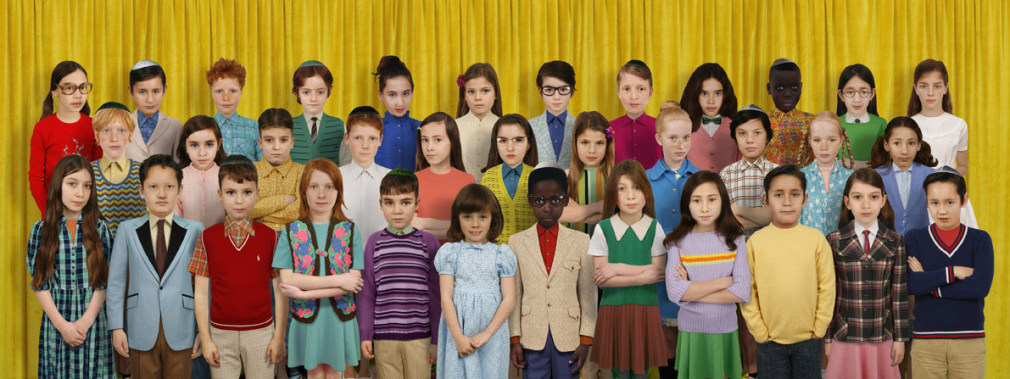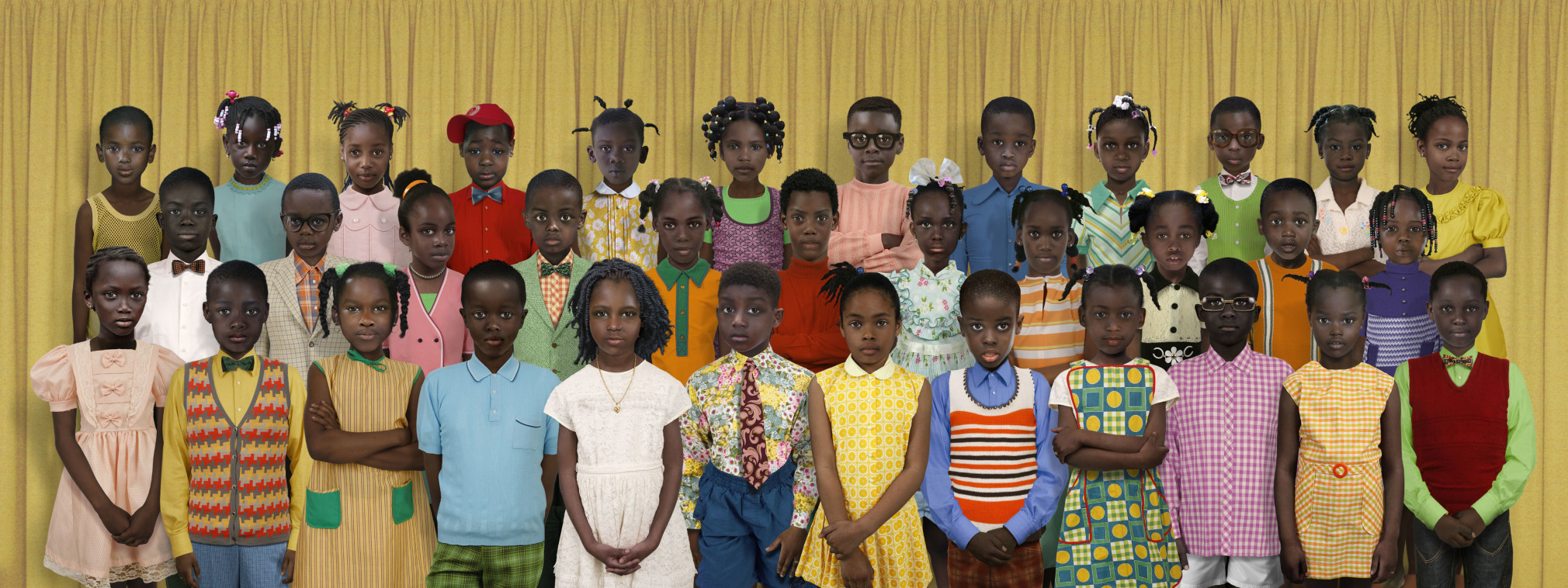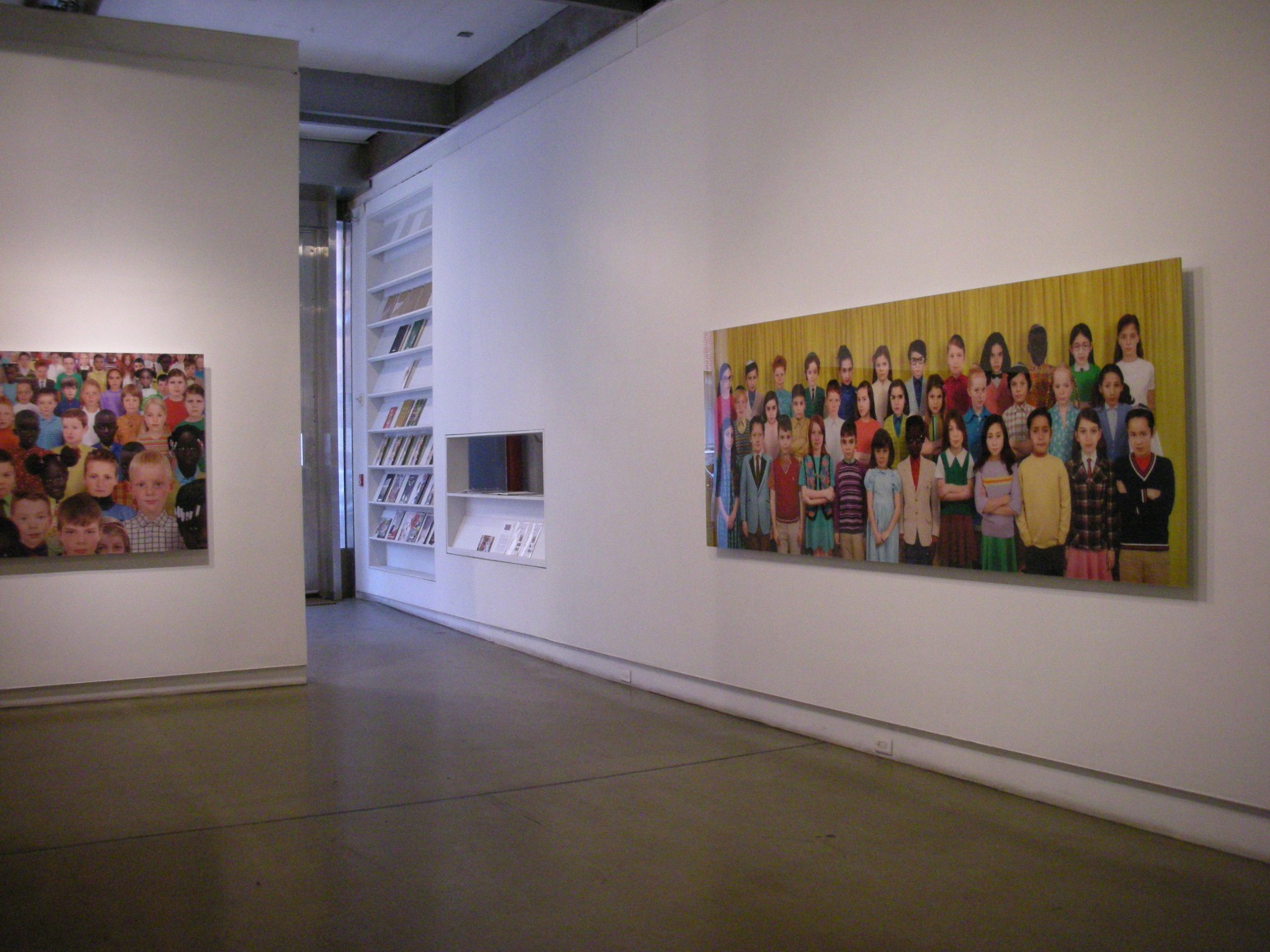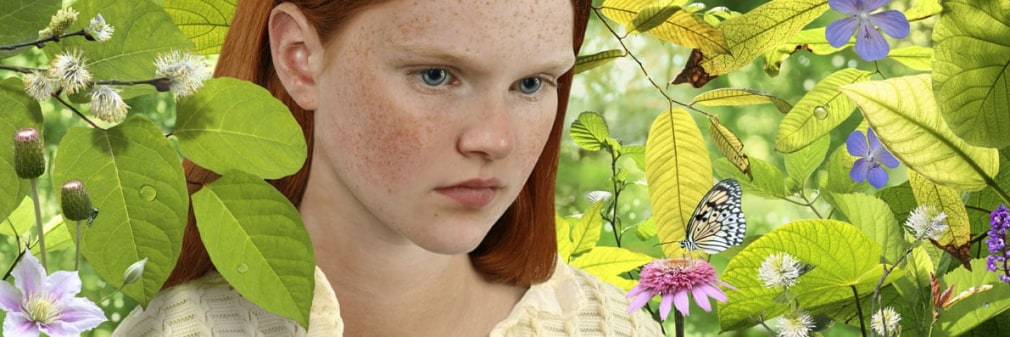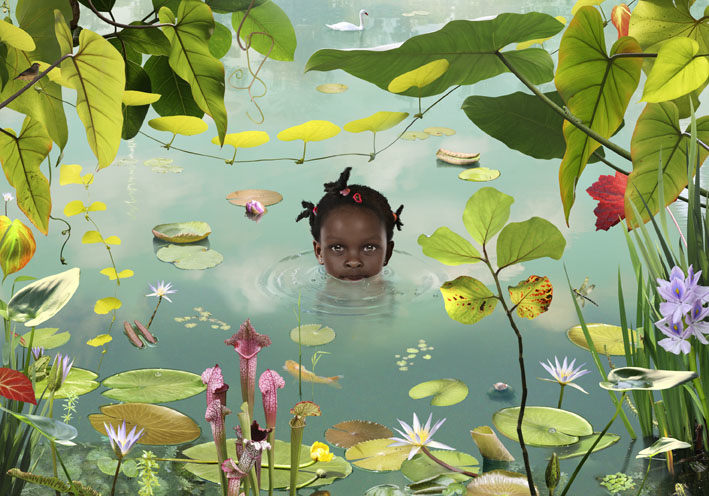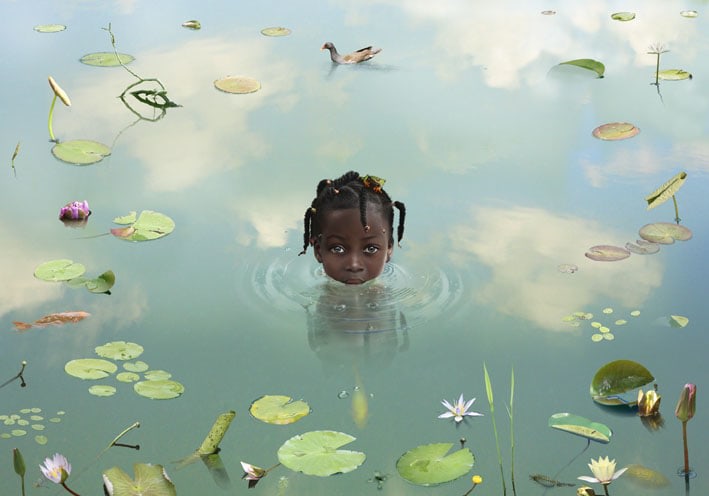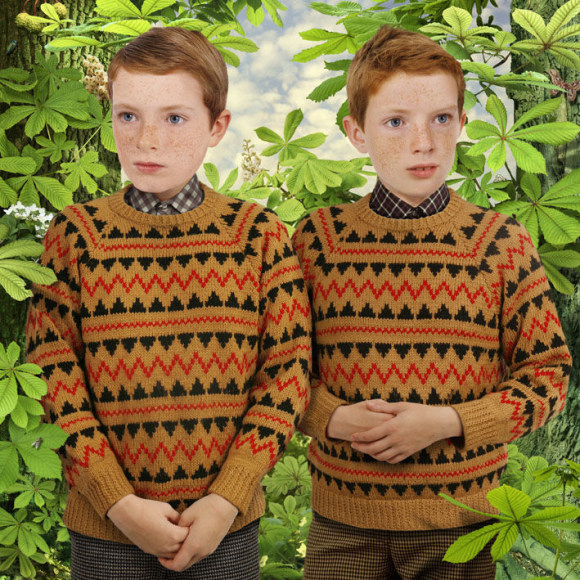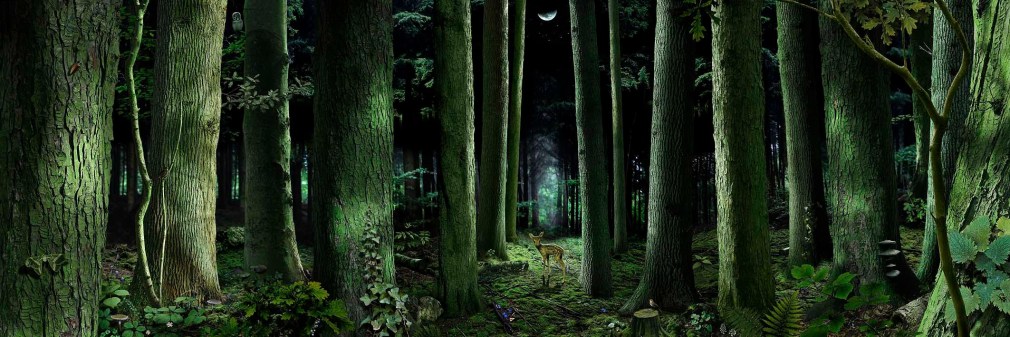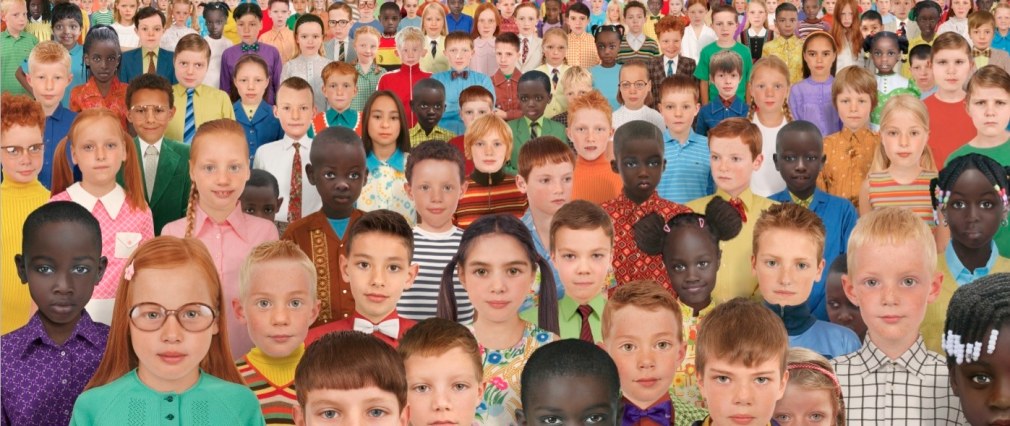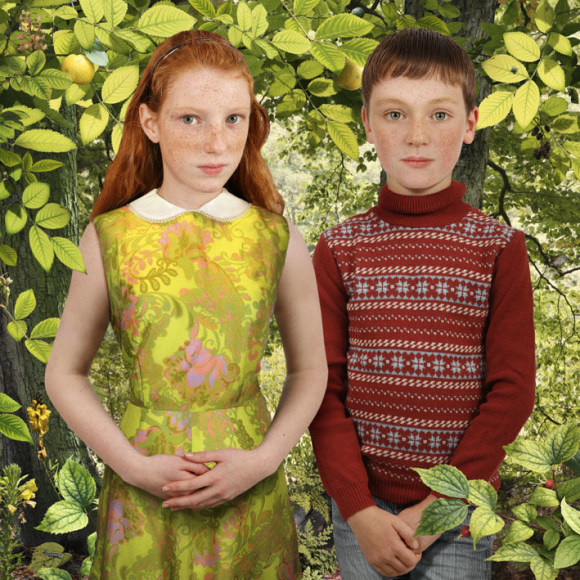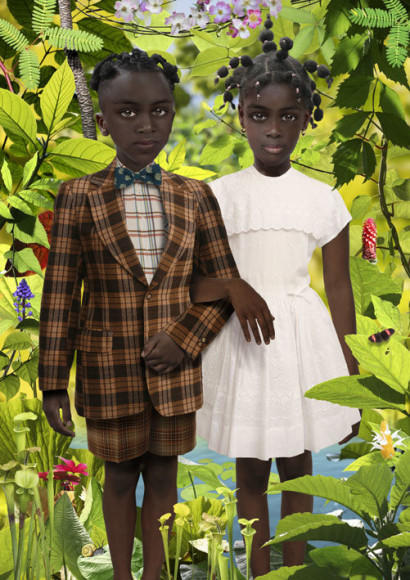Stux Gallery is pleased to announce, “Wonder,” their 4th and latest exhibition of large-scale digital-composite photographic works by Dutch artist Ruud van Empel.
Van Empel creates photo-collages by meticulously stitching together fragments taken from an archive of thousands of images the artist photographs himself. Upon viewing the pristinely rendered images, however, no obvious trace of van Empel’s Photoshop technique is evident. The viewer is instead drawn into van Empel’s subtly conflicting worlds which simultaneously appear impossibly illusory and undeniably hyper-real.
Portrayed as children alone, in pairs, or large groups, van Empel’s subjects seem to be held captive in tantalizingly magical moments of sexualized innocence. Locating his subjects in various scenes of wilderness or minimal quotidian environments, they appear lost in a liminal state between youth and adulthood, psychologically invoking the kinds of “in- between” subjects captured in, for instance, Rineke Dijkstra’s photographs of adolescents. Van Empel’s Generation series contains three different photographic works, each a panoramic view of what would appear as an otherwise ordinary class photo of a group of a few dozen young students. Each photograph, however, presents the uneasy reality of a seemingly mono-cultural student body. In one, an entire class of presumably Jewish children (most of whom wear the traditional kippah) is portrayed; another is composed entirely of black children and a third consists almost entirely of white children.
Van Empel’s images tackle the problem of representation by over-representing. Van Empel offers hyperbolized representations of childhood and identity (race, gender, sexuality). One may notice that van Empel’s photographs contain almost no depth of field. With this flattening out—everything is in focus—background and foreground appear equally detailed; context is replaced with fantasy, and the original photographic subject elides with its new function as icon. In van Empel’s work appearance is but one component within a complex of relations completing the connection between image and reality.
Van Empel’s viscerally seductive photo-collages are most powerful as metaphor. They compel us to consider the entangled problematic of identity as a collage of forces, “race,” for example, as beyond a purely socially-produced phenomenon secondary to class distinctions (to paraphrase the traditional Marxian and Frankfurt School lines of thought), while outside the construal of “essences” thought to belong to particular ethnically-related groups. Art historian Maartje van den Heuvel has argued, “Ruud van Empel is not primarily concerned with whether the portrayed people are black or white,” but the artist “finds himself in the socially charged position of a white man who portrays blacks.” The situation is transposed by moving the work of the Dutch artist to the context of an exhibition in the U.S. where contemporary issues of race rely less on migration as such and have more to do with historical social policy and current economic conditions.

